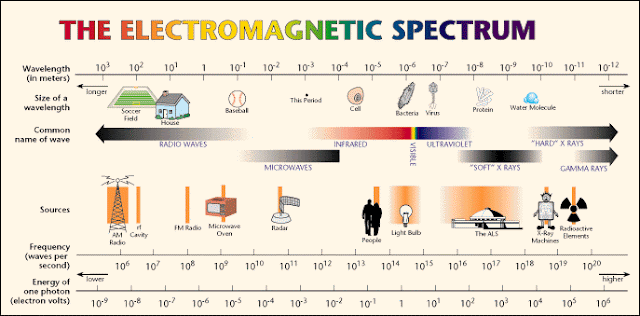Unfinished business about our 16 November class, on "The Man of a Trillion Worlds"
If you are interested in astronomy programs for your computer or smart phone, click HERE to learn more about Starry Night (which I used to take you out into deep space), and click HERE to learn about Sky Safari, an inexpensive smart-phone app that is combination planetarium and encyclopedia, and can help you learn your way around the night sky.
I can give a short demo of the smart-phone app (I promise to keep it to five minutes) at our last class of the term, if anyone is interested.
Assignments for "The Search for Intelligent Life on Earth"
As usual,
• Watch the latest episode; jot down your comments and notes about things that interest you or that you want to understand better. Try to have your questions in by the end of the day Saturday, but late questions are better than none.
• Formulate your questions, comments and suggestions, and post them at the bottom of this or any page at Discuss "Cosmos: Possible Worlds".
• Look over the remaining resources on this page.
To think about
Skimpole (speaking of the orphan Ada): "She is a child of the universe."
John Jarndice: "The universe makes rather an indifferent parent, I am afraid."
Bleak House, Charles Dickens, 1853
• In what sense is the universe "indifferent"?
• Think about the same question in light of the observation that the universe produces life, and that some life forms show signs of being anything but indifferent.
• If all life forms are related, what are the scientific and moral implications?
• How did Karl von Frisch decide that bees did not find food by simply following the original finder bee? Try to imagine a train of thought to the answer from the question, "How are other bees finding this food after the first one finds it?"
• Read this POEM. Can you draw any kind of likeness between the "obvious" subject of the poem, and science, our central subject in this course?
Questions for Discussion
Your questions will appear here
• They talked about the star that faded in and out -- and it was discovered that it was a binary star system where the two stars were still connected, but how does that explain the dimming?
Gale says: I'll use Universe Sandbox to show a binary star and why its apparent brightness changes when the orbits are seen edge-on. The star system is Kepler 47, which is 3,442 light years from Earth and has at least three planets.
• This is a great 15-minute interview with Carl Sagan by Johnny Carson--Johnny asks him some great questions about ETs and shows Sagan as both enlightening and humorous. https://www.youtube.com/watch?v=g-Q8aZoWqF0
• How do trees and plants communicate through the soil?
• How do we know when we are acting out of instinct or through deliberation?
••••••
Other Resources
• To understand better the nature of the FAST telescope, review this chart of the electromagnetic spectrum:
-- Why must the telescope be so large?
• A little bit of genetics, including bee genetics, might be helpful:
Basics: Mendel's laws of inheritance
The genetic of bees: Haplodiploidy (what!?)
Do bees sleep and dream? Find out HERE.
• At Wikipedia, read about the mycelium.
Compare the way in which this article talks about the mycelium with how Neil De Grasse Tyson talks about it in "The Search for Intelligent Life on Earth".
NEW (2020-12-08): The Social Life of Forests. This article tells about some of the research that has led to the newer view of the mycelium that Tyson gives us in this episode. (Thanks, Lee!) And here's another related article in this vein: Do Trees Talk to Each Other? (Thanks, Karen!)
• Meet our oldest known ancestor HERE, and find out how we know.
• Tardigrades, and how to catch one
••••••
